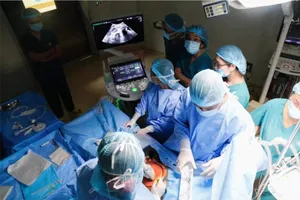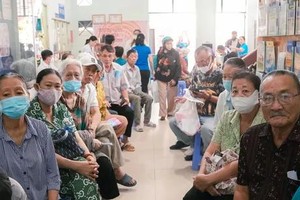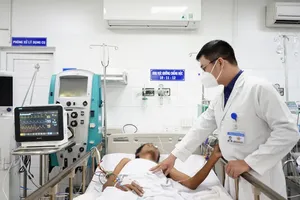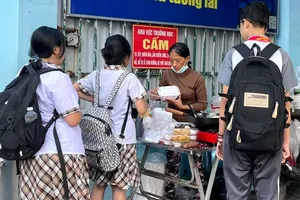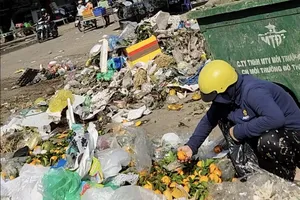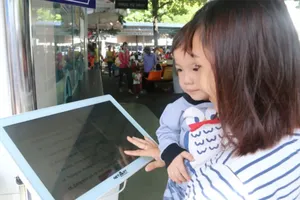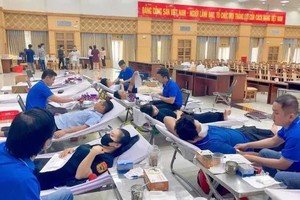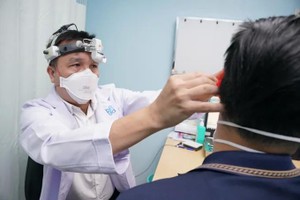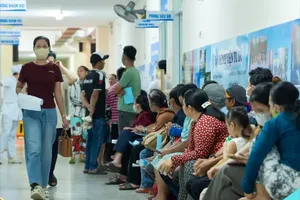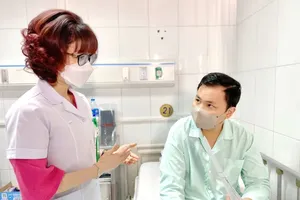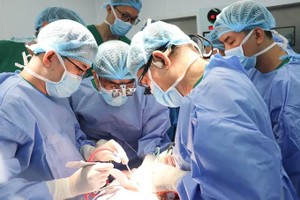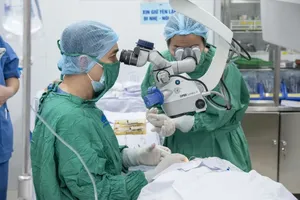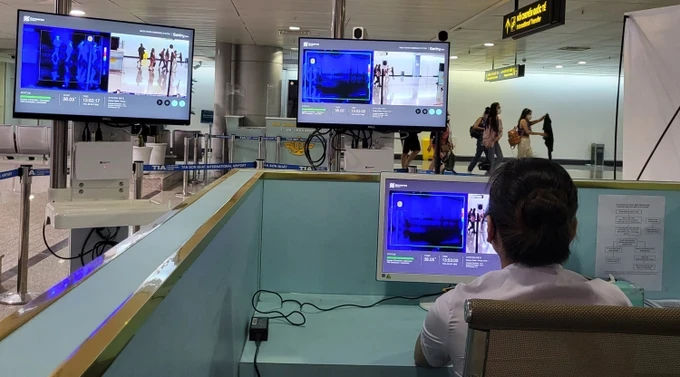
The growing demand for trade and tourism heightens the risk of transmission of various emerging and re-emerging diseases. According to health experts, the year 2024 is expected to witness unpredictable developments in infectious disease outbreaks, with numerous incidents reported across various countries and regions worldwide.
A notable example is the emergence of a new strain of the Mpox virus (monkeypox) in Africa, which prompted the World Health Organization (WHO) to declare a global public health emergency for the second time regarding this disease on August 14, 2024. Following this, an outbreak of Marburg virus fever occurred in Rwanda in October 2024.
Additionally, several other infectious diseases have surfaced globally, including highly pathogenic avian influenza, Middle East respiratory syndrome, Ebola virus disease, West Nile virus disease in Israel, and Crimean-Congo hemorrhagic fever.
Deputy Head Tran Viet Phuong of the International Health Quarantine Department at the Center for Disease Control of Ho Chi Minh City (HCDC), has indicated that the increasing volume of international travel has heightened the likelihood of infectious disease outbreaks in Ho Chi Minh City. The city's primary international gateways, namely the Ho Chi Minh City Maritime Port and Tan Son Nhat International Airport, facilitate a considerable amount of global traffic, thereby serving as potential conduits for pathogens.
Variations in the flow of passengers and vessels, particularly during peak travel periods, further intensify this risk. Additionally, the emergence of new and highly virulent viral strains, including H5N1 and monkeypox, presents substantial obstacles to the city's public health initiatives aimed at disease prevention.
Dr. Tran Viet Phuong highlighted that Ho Chi Minh City is enacting rigorous protocols to mitigate the transmission of international diseases, particularly during high travel periods such as the year-end. The International Health Quarantine Department of HCDC, which oversees health assessments at the city's primary ports, is diligently observing global health risks and modifying its monitoring and response approaches as necessary.
The health department of the city is enhancing disease surveillance at border checkpoints, according to Head Truong Thi Thanh Lan of the Surveillance, Warning, Preparedness, and Emergency Response Department at HCDC. These checkpoints serve as a crucial first line of defense, facilitating the early identification of any diseases that may enter the city. Upon detecting a suspected case, medical personnel promptly take action to safeguard the community.
Additionally, the department has established a comprehensive surveillance system to actively monitor potential disease outbreaks and ensure public health safety. In the case of a new disease emergence, the health department will swiftly communicate with all relevant entities, providing details on at-risk populations, symptoms, and required measures, such as isolation, testing, and treatment. If the disease poses a risk of transmission between animals and humans, the health department will work in conjunction with veterinary authorities.
The rising incidence and swift development of diseases have prompted Associate Professor Dr. Tran Dac Phu, former Director of the Department of Preventive Medicine, to caution that Vietnam's tropical climate, along with its expanding trade and tourism industries, renders the country particularly vulnerable to infectious diseases. The threat of zoonotic diseases, which can transfer from animals to humans, is especially concerning. Given that cross-border diseases frequently exhibit mutations and high rates of transmission, prioritizing their containment is essential.
Deputy Minister of Health Nguyen Thi Lien Huong has recently urged people's committees of provinces and cities to focus on the proactive and efficient execution of the 2025 infectious disease prevention plan. She emphasized the need to enhance the capacity for preventive medicine, improve forecasting, and ensure the early monitoring and detection of epidemics.
In addition, she called for timely and effective control of epidemics and public health emergencies, as well as the preparation of response plans to address potential epidemic situations.
